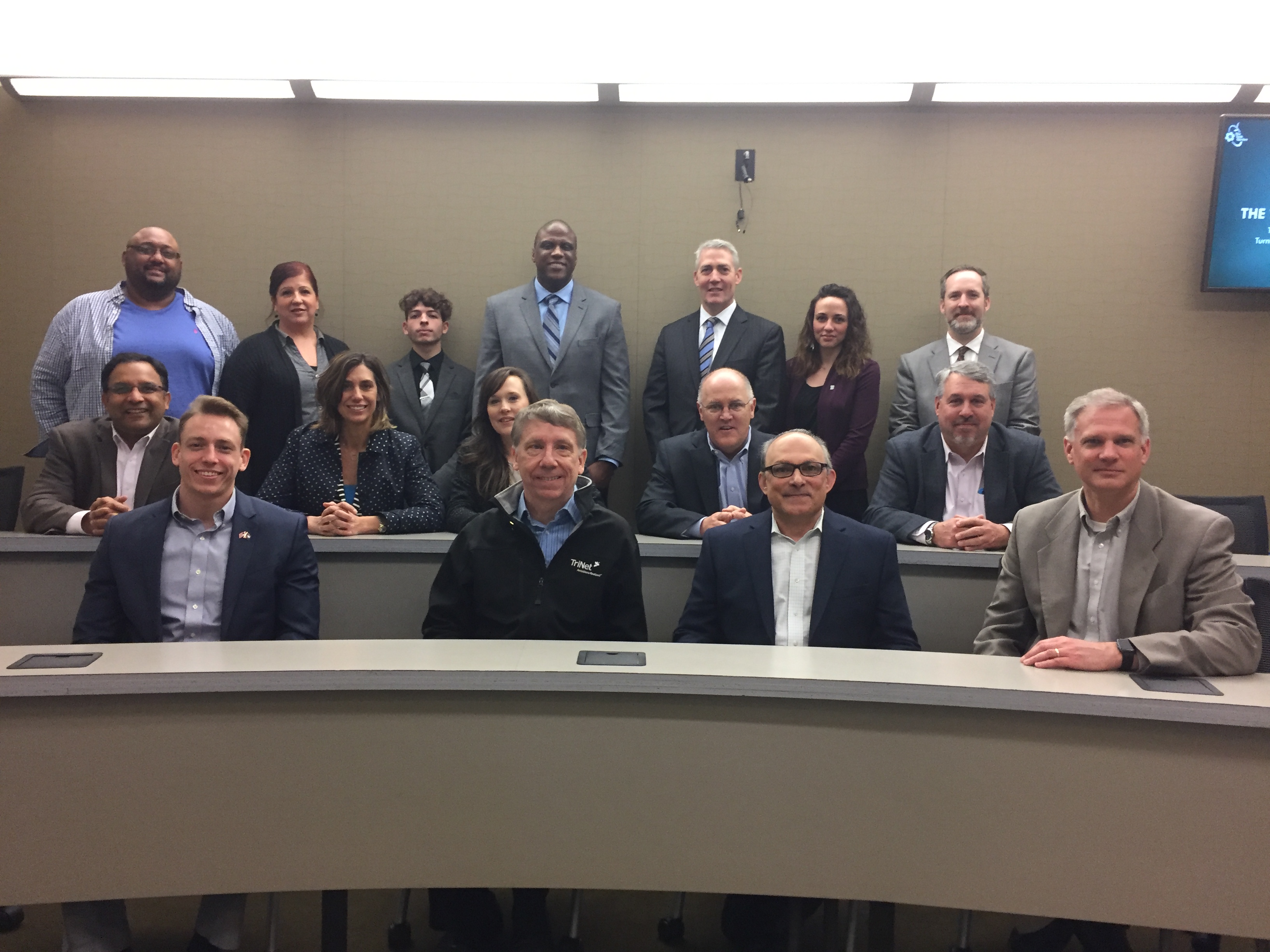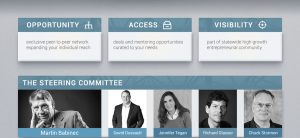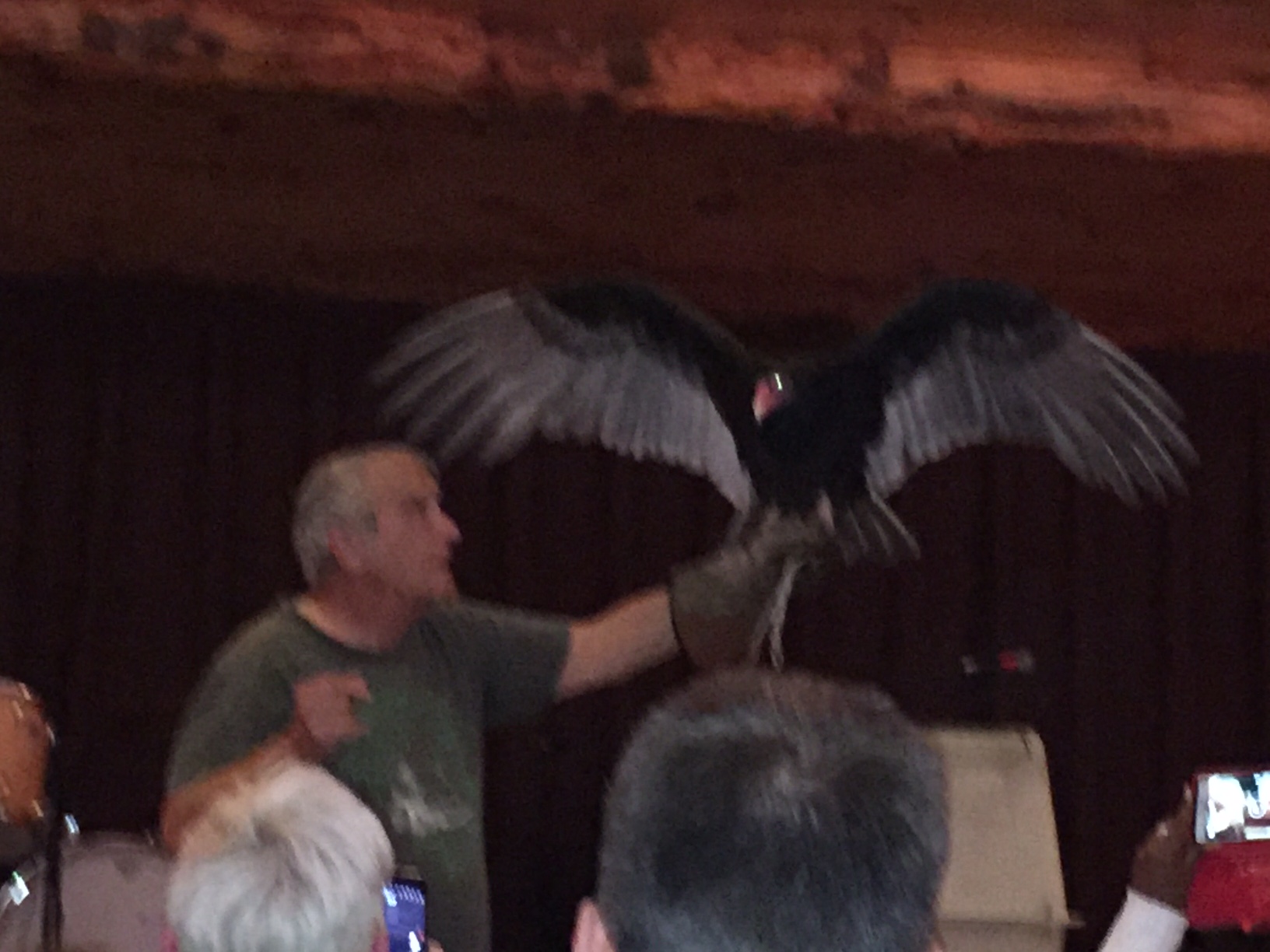Everything seemed normal as my day began. Residual winds from Hurricane Eta had subsided, the sun was out and I enjoyed a quiet breakfast overlooking the ocean from our Key West terrace.
This was the big day of the year for non profit Upstate Venture Connect with our annual conference Upstate Unleashed. It’s the only event we do and over the last five years UVC built a strong following of bringing leaders together from throughout the entire Upstate New York region – all for the purpose of sharing experience and strengthening relationships aligned with our mission of connecting startup entrepreneurs to the resources they need to launch and grow companies in the newer industries.
Due to Covid restrictions we moved the entire conference format to virtual. For us, this meant putting lots of energy into not just a line-up of speakers, but getting attendees up to speed on taking advantage of a structured program to request virtual meetings with speakers, top entrepreneurs, investors and startup community leaders.
Our registrations blew past 500 people and almost 400 virtual meetings were scheduled through the conference platform – a huge validation of our strategy to get people connected.
My principal conference role was to moderate a discussion with our keynote speaker Brad Feld about his latest book The Startup Community Way. I was totally jazzed about the opportunity as Brad’s themes in building startup community were very much our inspirational roadmap for so much of what we’ve done this last decade in building UVC’s network across the region to now number more than 16,000 people.
In addition to my speaking with Brad and taking in the other conference sessions, I also accepted invites from 10 conference attendees to have a virtual one on one meetings. So this was to be full day of virtual meetings I was really looking forward to.
No Internet No Phone
As I began powering up shortly after 8am, I lost internet service and while starting to troubleshoot my home network, also realized I had no mobile signal. After checking multiple devices on both Verizon and AT&T mobile services, the realization of being cut off on the big day was sinking in fast.
Having no non internet radio available in the house, the next move was to the car where, oddly, only a single radio station was on air. The announcer confirmed all of Key West was cut off from both internet and mobile service but had no information on the cause or expected restoration.
While I knew the conference would still go on without me, I hated the idea of so many people waiting for me and not even knowing that I was cut off from being able to inform anyone.
So began more than an hour searching around the island for an analog phone line – starting with a couple of businesses I had relationships with then scouring shopping and high foot traffic areas for a pay phone.
Have you noticed that pay phones are just about non existent these days?
As I was wrapping up that fruitless search, I actually found one that looked totally intact. As I rushed over to grab it, a deeply tanned and wrinkled older woman sitting a few feet away blew some smoke at me and said “Sonny, that phone hasn’t worked in 5 years now. Though it’s been gettin lots of attention this last hour!”
She followed up with “You know you’re in Key West now. We don’t worry about such things here.”
Search For Connectivity
So back to the car where I hear on the radio that the cause for disruption was a garbage truck hitting a utility pole on the island of Islamorada, 86 miles north of Key West.
With the announcer indicating telecom or internet service was not expected to be restored till 3pm, my next move was to start driving North up Highway One, figuring at some point I would pick up a cell signal.
It took about an hour and as soon as I got a signal was able to send out some texts to the UVC team and a couple of my missed meeting appointments.
I was able to get into the speaker’s green room and chatted with Brad Feld, but decided my signal strength was not stable enough to risk a disrupted session with me moderating.
Fortunately, our advance coordination the UVC team included a Plan B with UVC CEO Nasir Ali fully equipped to step in as an alternate moderator as we reviewed the interview script the day before.
Nasir did a great job and the session unfolded without any sign of my drama behind the scenes. A credit not to just his moderating, but also UVC COO Kathryn Cartini’s capable hands in orchestrating a seamless production effort.
By the time I returned back to Key West, internet service was restored and I was able to complete 5 of my scheduled one on one meetings. I truly missed not being able to converse with Brad at such a penultimate event for UVC. But overall, very pleased on how it worked out as a solid team effort and high impact virtual event for the UVC community.
And yes, that interaction at the pay phone did bring back that realization I was letting the urgency of the moment cause me to lose sight of our mantra here to be “Living on Key West Time”




